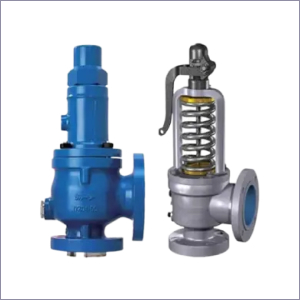The Role of Butterfly Valves in the Industrial Applications
In the field of industrial applications, dependability and efficiency are essential. The butterfly valve is an essential part that is vital to the proper functioning of the system. Because of their efficiency and adaptability, these valves are widely employed in many different industries, including water treatment and chemical processing.
However, what is a butterfly valve exactly, and how does it operate? A quarter-turn butterfly valve is used in plumbing systems to control the flow of gases or liquids. It is made out of a vane or circular disc that is fixed on a rod in the centre of the pipe. The disc is positioned perpendicular to the flow when the valve is closed, totally obstructing it. The disk is parallel to the flow when the valve is fully open, allowing free passage.
Butterfly valves simplicity and ease of use are among their key benefits. The quarter-turn mechanism makes opening and closing fast and effective, cutting down on the amount of time needed for process modifications. Additionally, compared to other valve types like globe or gate valves, butterfly valves are more affordable due to their lightweight form.
Additionally well-known for their superior flow control qualities are butterfly valves. By creating a streamlined flow route, the disc design reduces turbulence and pressure drop. As a result, running expenses are decreased and energy efficiency is increased. In addition, the even disc surface keeps silt and debris from building up, which lowers the chance of clogging and maintenance needs.
The capacity of butterfly valves to seal tightly is another crucial characteristic. In order to stop leaks, the disc is made to form a tight seal on the valve seat. This is especially important for companies handling harsh or toxic materials, as even the smallest leak can have disastrous consequences. Butterfly valves provide environmental and worker safety by tightly sealing.
Another factor contributing to butterfly valves' broad use in industrial applications is their adaptability. They can be used in a variety of situations and fluid types because they come in different materials, like PVC, cast iron, and stainless steel. Furthermore, butterfly valves offer a variety of control options, including electrical, pneumatic, and manual operation.
To sum up, butterfly valves are essential for industrial applications. They are a great option for controlling the flow of fluids or gasses in a variety of industries because of their ease of use, effectiveness, and versatility. Butterfly valves are a crucial part of attaining dependable and seamless industrial processes, from guaranteeing operational safety to enhancing energy efficiency.



Comments
Post a Comment